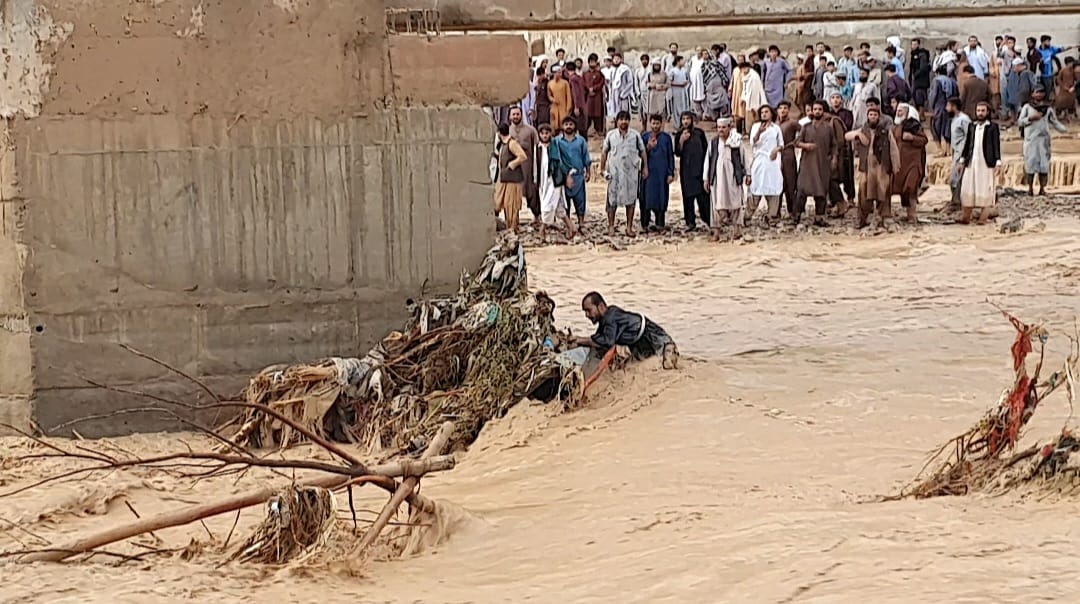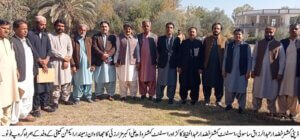Syed Ali Shah:
As Balochistan braces for the monsoon season, the Provincial Disaster Management Authority (PDMA) has declared a high alert in 17 districts, emphasizing the urgent need for robust emergency preparedness and swift action. The region, historically vulnerable to climate-induced disasters, faces imminent threats from heavy rains and potential floods. This situation demands immediate attention from policymakers to mitigate the risks and safeguard the lives and properties of Balochistan’s residents.
A Pattern of Neglect and Unpreparedness
Balochistan’s struggle with natural calamities is not new. The devastating floods two years ago, which resulted in significant loss of life and property, serve as a stark reminder of the region’s susceptibility to extreme weather events. These recurrent disasters underscore a pattern of neglect and unpreparedness that needs to be urgently addressed. Despite the repeated warnings and evident impacts of climate change, the response mechanisms often fall short, leaving the vulnerable population at the mercy of nature.
Comprehensive Emergency Measures
In response to the impending monsoon, PDMA Balochistan has identified 17 high-risk districts and placed the administration on red alert. Director General Jahanzeb Khan confirmed that relief materials have been dispatched, and an emergency plan has been meticulously prepared. Deputy Commissioners have been instructed to compile lists of safe evacuation locations, and local NGOs are on standby to assist. These measures are crucial, but they must be part of a larger, sustainable strategy to enhance resilience against natural disasters.
The Role of Policymakers
Policymakers must recognize the urgent need for long-term solutions to mitigate the impacts of monsoon-related disasters. This includes investing in robust infrastructure, such as improved drainage systems, flood barriers, and resilient housing. Furthermore, it is essential to implement comprehensive land use planning and enforce strict regulations to prevent construction in flood-prone areas.
Education and community engagement are equally important. Residents must be well-informed about the risks and equipped with the knowledge to respond effectively during emergencies. Regular drills and awareness campaigns can empower communities, making them active participants in their own safety.
Addressing Climate Change
The root cause of these increasing natural disasters lies in climate change and global warming. Balochistan, like many other regions, is bearing the brunt of these global phenomena. It is imperative for policymakers to advocate for and implement policies that reduce greenhouse gas emissions and promote sustainable practices. This includes transitioning to renewable energy sources, protecting natural habitats, and promoting sustainable agriculture.
A Call to Action
The current high alert in Balochistan should serve as an eye-opener for policymakers at both the provincial and national levels. It is a call to action to prioritize the safety and well-being of the people over short-term economic gains. The cost of inaction is too high, as evidenced by past disasters. By investing in preparedness, infrastructure, and sustainable practices, we can build a resilient Balochistan capable of withstanding the challenges posed by climate change.
The time to act is now. Policymakers must rise to the occasion and ensure that the necessary measures are in place to protect the people of Balochistan. The monsoon season brings with it the threat of disaster, but with proper preparation and proactive policies, it also offers an opportunity to demonstrate leadership and commitment to a safer, more resilient future.





